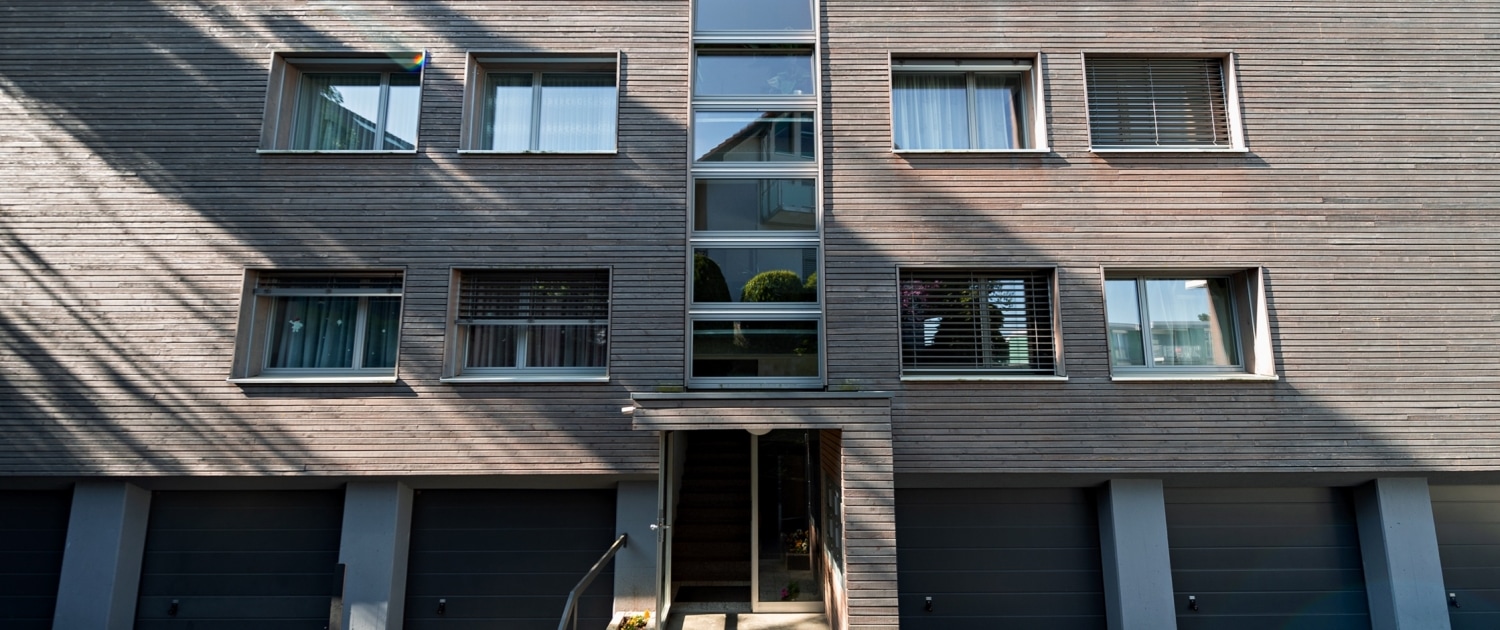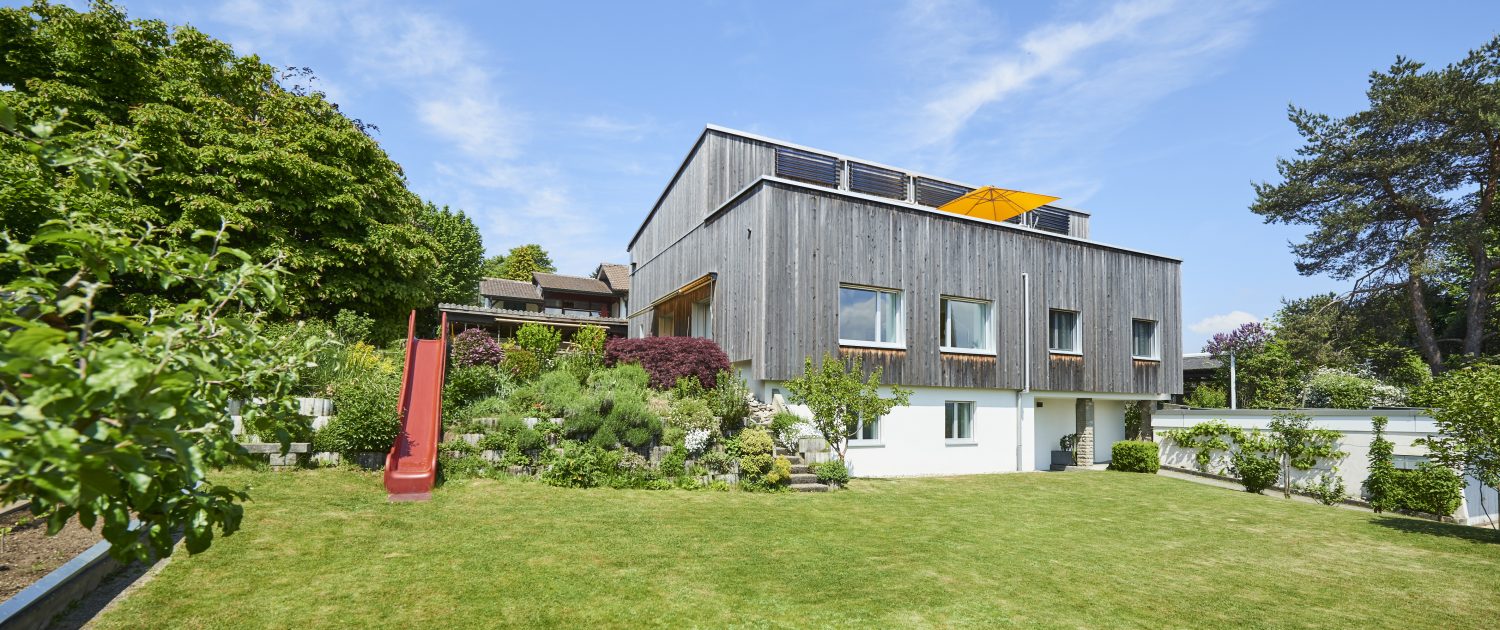Mehr als ein Drittel des gesamten Schweizerischen Energieverbrauchs geht zu Lasten des Verkehrs. Und diese Energie stammt nach wie vor grösstenteils aus fossilen Quellen. Um die dadurch verursachten CO2-Emissionen zu senken, hat der Bundesrat 2012 beschlossen, die CO2-Emissionen von neu zugelassenen Personenwagen bis 2020 auf durchschnittlich 130 Gramm pro Kilometer zu senken, dies entspricht einem Durchschnittsverbrauch von ca. 5.6 Liter Benzin pro 100 km. Damit war 130 mehr als nur eine Zahl: Es war ein Ziel. Weiterlesen
Schlagwortarchiv für: CO2-Emissionen
Taiwan’s energy system is currently facing an enormous transformation with ambitious goals for 2025 to promote renewables, phase-out nuclear power, diminish the use of coal and to foster energy efficiency. Taiwan is heavily industrialized, the electricity production is based on fossil fuels and nuclear power, and the per capita CO2-emissions are rather high (see box “key facts on Taiwanese energy policy” below). In 2016, the government of Taiwan defined the strategic goal of its Energy Transition Policy: The goal stated to become nuclear-free by 2025. Also by 2025, the electricity production portfolio shall consist of 50 percent gas, 30 percent coal and 20 percent renewables. Thus, the installed capacity of renewables shall more than quadruple within less than ten years. These goals are crucial not only to phase-out nuclear power, but also to attain climate policy goals. Is Taiwan likely to succeed in reaching the goals for renewables, and what is their approach to foster energy efficiency?
According to Taiwan’s goal, renewables shall account for 20 percent of the electricity production by 2025 – compared to less than 2 percent in 2016. The government set the goal of installing a capacity of 20 GW of photovoltaics and of 5.5 GW of offshore wind power by 2025. In addition, hydro, biomass, onshore wind and, to a lesser extent, geothermal and fuel cells shall be developed, too. This is an ambitious increase in capacity installed within a short period of time (for comparison: Switzerland currently has roughly about 1.2 to 1.4 GW installed PV and wind energy). Yet, the Taiwanese goals for renewables seem to be within reach:
- The Taiwan Strait, the sea west of the main island, has great wind resources. Taiwan has positioned itself as an entry point for offshore wind developers to conquer a growing Asian market. Among others, wind developers have to incorporate the local supply chain. It is estimated that the new offshore-wind business might create around 30’000 jobs. As of 2019, offshore wind farm developers have already been selected through feed-in tariffs and auctioning for a capacity of 5.5 GW. This process was not always smooth and precise remuneration has been subject to change and negotiation. However, it now seems likely that these capacities are going to be developed. Guaranteed prices amount to somewhere between USD 0.1-0.2 / kWh, varying for projects and depending on the number of hours of production per year.
- Taiwan is famous for its electronic industry and semiconductor production. From a technical point of view, it was therefore a small step to develop one of the biggest global photovoltaics industries. On a global level, companies in Taiwan are the second-biggest producers of solar cells and solar modules. Fostering solar energy in Taiwan is thus a chance for the local economy, too. Sunshine resources are abundant, particularly in the southern region. The government set goals to develop solar energy within a short time, with an emphasis on ground level (17 GW by 2025) as well as on rooftops (3 GW). So far, the yearly additionally installed solar power capacity is on track to reach the 2025 target. As in other places, feed-in tariffs were used and then reduced over time (from up to USD 0.45 to 0.1 / kWh). In addition, the system was optimized through a bidding process for projects over 10 kW in 2011.
Energy efficiency is addressed by a wide array of regulation, incentives and further measures. Whereas energy consumption and CO2-emissions are still growing from year to year, the growth has been decoupled from the overall economic growth. Thus, progress has been made in decreasing energy intensity. It is not possible to name all measures taken, but what follows highlights a few: in energy intensive industries, regulations on energy intensity targets and minimum energy performance standards for appliances have been introduced. Furthermore, combustion engine cars will be banned by 2040 and motorcycles by 2035. Taiwan has no significant car industry, but is an important producer of electrical motorcycles. The ban is also seen as a measure to increase the integration of renewables in the energy system, as parked vehicles can be used for storage. The Green Building Labeling System sets an incentive to use green materials and efficient cooling by imposing a minimum standard for new buildings and allowing a higher floor area ratio for particularly green buildings. There is also a tradition of creating innovative research and development clusters, such as through the Industrial Technology Research Institute or Shalun Smart Green Energy Science City. However, as elsewhere, many challenges remain, among them the existing building stock as well as medium and small enterprises.
Overall, the ambitious goals for renewables are rather likely to succeed, given the existing natural resources, the political will, the financial means invested, and thanks to solar power and wind energy becoming big business opportunities. As in many places around the world, energy efficiency is more difficult, relies on a broad set of measures that address different sectors, which although, to some degree, also create business opportunities. It will be interesting to follow how Taiwan will further tighten measures in order to reach long-term climate policy goals, how this will affect local business and, last but not least, how it will shape the energy policy beyond 2025.
Kurt Bisang, Deputy Head of Energy Efficiency and Renewables Division, SFOE
The author visited several public entities, research institutes and companies in Taiwan in late fall 2019.
Key facts on Taiwanese energy policy: With a dense population of 24 million people and as an island with almost no own sources of fossil fuels, Taiwan’s power supply system relies for over 98 percent on import. Fossil energy sources are dominant both in the overall energy mix (92 percent), and in electricity generation (84 percent). CO2-emissions stem to an important part from the industrial sector (49 percent), followed by electricity generation, transportation and the residential sector. Given the industrialized economy and an electricity production that is based on fossil fuels, 12t of CO2 are emitted per capita (all numbers as of 2018). In 2015, Taiwan set the goal to reduce its greenhouse gas emissions by 50 percent until 2050 (compared to the 2005 level). A major climate policy measure is substituting coal power, currently amounting to 48 percent of electricity generation, by gas. Terminals for liquefied natural gas are extended.An important issue is the electric industry reform. Since 1946, electricity was provided by the state-owned, vertically integrated Taiwan Power Company (Taipower). Since 1994, independent power producers were entitled to provide a limited share of electricity. In the next years, Taipower is going to be separated into a power generation and a power grid company.
An important point is the role of nuclear energy in Taiwan. In 1990, three nuclear power plants with two blocks each produced more than 50 percent of electricity in Taiwan. With growing demands, this sunk to 20 percent around 2002. Currently, two plants are still running, that produce around 10-15 percent of electricity used in Taiwan. Nuclear energy has been controversial in Taiwan for years. The construction of a forth nuclear plant was stopped in 2014, mainly due to public protest. From 2016 onward, the ruling political party decreed to phase-out nuclear power plants by 2025. In a public referendum in 2018, the majority of voters repealed this fixed date for the phase-out. However, in early 2019, the government argued that given various problems related to procedures, unresolved treatments of radioactive waste and lack of local support, neither a life-extension of existing plants nor finishing the construction of the forth plant would be feasible.
Anfang nächstes Jahr treten verschiedene Änderungen in Gesetzen und Verordnungen aus dem Energiebereich in Kraft. Wir haben für Sie die wichtigsten Änderungen zusammengestellt. Weiterlesen
In nur 13 Monaten schoss im bernischen Linden die neue Kaserne Jassbach aus dem Boden. Der Modulbau aus Holz und Beton wurde im Dezember 2017 fertiggestellt und erfüllt den Minergie-P-ECO-Standard. Weiterlesen
Der Schweizer Gebäudepark ist für rund 40 Prozent des Energieverbrauchs und einen Drittel der CO2-Emissionen verantwortlich. Hier setzt Das Gebäudeprogramm von Bund und Kantonen an, das seit 2010 läuft. Es ist ein wichtiger Pfeiler der Schweizer Energie- und Klimapolitik, und, wie der Jahresbericht 2018 zeigt, eine gute Sache. Weiterlesen
Elektroautos gewinnen 2018 an Boden, die CO2-Effizienz bei neuen Personenwagen hingegen sinkt
Im vergangenen Jahr sind insgesamt 301’000 Neuwagen zugelassen worden – 3,2 Prozent davon mit Elektroantrieb. Dies entspricht einer Zunahme von 0,4 Prozentpunkten gegenüber 2017 – trotzdem ist der durchschnittliche CO2-Ausstoss der Gesamtflotte von 134 auf rund 138 Gramm pro Kilometer angestiegen.
In der Schweiz fallen über 40% des Energieverbrauchs und rund ein Drittel der klimaschädlichen CO2-Emissionen im Gebäudebereich an. Daher verwundert es nicht, dass die Gebäude bei den vom Bundesamt für Energie (BFE) ausgearbeiteten Massnahmen zur Steigerung der Energieeffizienz ganz oben auf der nationalen Agenda stehen. Erfahren Sie mehr über die Schwerpunkte und Vision des Bundesamtes für Energie (BFE) im Rahmen der Energiestrategie 2050.
Die Schweiz verfügt heute über eine sichere und kostengünstige Energieversorgung. Wirtschaftliche und technologische Entwicklungen sowie politische Entscheide im In- und Ausland führen derzeit jedoch zu grundlegenden Veränderungen der Energiemärkte. Um die Schweiz darauf vorzubereiten, hat der Bundesrat die «Energiestrategie 2050» entwickelt. Im Mai 2017 nahm das Stimmvolk das neue Energiegesetz mit 58.2% der Stimmen an; das Energiegesetz ist per 1. Januar 2018 in Kraft getreten. Eine gute Gelegenheit, die Vision des Bundesamtes für Energie (BFE) im Rahmen der «Energiestrategie 2050» und den Gebäudepark Schweiz etwas genauer unter die Lupe zu nehmen. Lesen Sie im Interview, wie das BFE die Lage rund ein Jahr nach Inkrafttreten des neuen Energiegesetzes einschätzt, und wo noch Handlungsbedarf besteht.
In der Schweiz ist in den letzten Jahren öfters von Sanierungsstau die Rede gewesen. Wann würden Sie von einem Sanierungsstau sprechen?
Von Sanierungsstau kann man sprechen, wenn Bauteile und Anlagen weit über ihre eigentliche Lebensdauer hinaus nicht erneuert oder immer wieder notdürftig repariert werden. Insbesondere bei Aussenwänden oder Heizungen ist dies besonders oft der Fall.
Den Angaben auf «Das Gebäudeprogramm» zufolge sind mehr als 1 Million Häuser nicht oder kaum gedämmt und damit energetisch dringend sanierungsbedürftig, drei Viertel der Gebäude werden heute noch immer fossil oder direkt elektrisch beheizt. Wie gross ist der Sanierungsstau in der Schweiz?
Der Sanierungsstau besteht insbesondere bei den opaken, d. h. nicht lichtdurchlässigen Bauteilen wie Dächern, Decken und Wänden gegen aussen. Fenster und Dächer werden bereits heute vermehrt saniert, wobei sie energetisch nicht immer auf ein wünschbares Niveau gebracht werden. Auch ineffiziente Heizungen werden oft durch eine Teilreparatur, z. B. einem Brennerersatz, noch lange weiterbetrieben, anstatt rechtzeitig einen Ersatz durch erneuerbare Energien zu planen. Mit besserer Planung könnte vermieden werden, dass bei einem Ausfall nicht wieder – aus Zeitmangel – das gleiche System installiert wird. Leider werden hier viele Chancen vergeben.
Lesen Sie das ganze Interview auf der Webseite von Raiffeisen Casa hier.
Karin Welle, Raiffeisen Schweiz
Wer umweltbewusst ist, aber nicht gänzlich aufs Auto verzichten möchte, ist beim Schweizer Startup Catch a Car genau richtig. Der Carsharing Anbieter hat kürzlich in Basel 30 E-Golfs eingeführt und damit sein Versprechen wahrgemacht, noch dieses Jahr 20 Prozent der dortigen Flotte zu elektrifizieren. Weiterlesen
Im Interview vom 8. Juli 2018 hat BFE-Fachspezialist Roger Nufer bereits ausführlich über das Gebäudeprogramm berichtet. Nun wurde der Jahresbericht Gebäudeprogramm 2017 veröffentlicht. Er gewährt noch detailliertere Einblicke in das Förderprogramm. Weiterlesen
Bund und Kantone wollen mit dem Gebäudeprogramm den Energieverbrauch im Schweizer Gebäudepark erheblich reduzieren und den CO2-Ausstoss senken. Wer kann vom Programm profitieren? Und wieviel Geld steht dafür bereit? BFE-Fachspezialist Roger Nufer beantwortet die wichtigsten Fragen zum Gebäudeprogramm. Weiterlesen
Kontakt
Bundesamt für Energie
Pulverstrasse 13
3063 Ittigen
Postadresse:
Bundesamt für Energie
3003 Bern
Telefonnummern:
Hauszentrale +41 58 462 56 11
Pressestelle +41 58 460 81 52
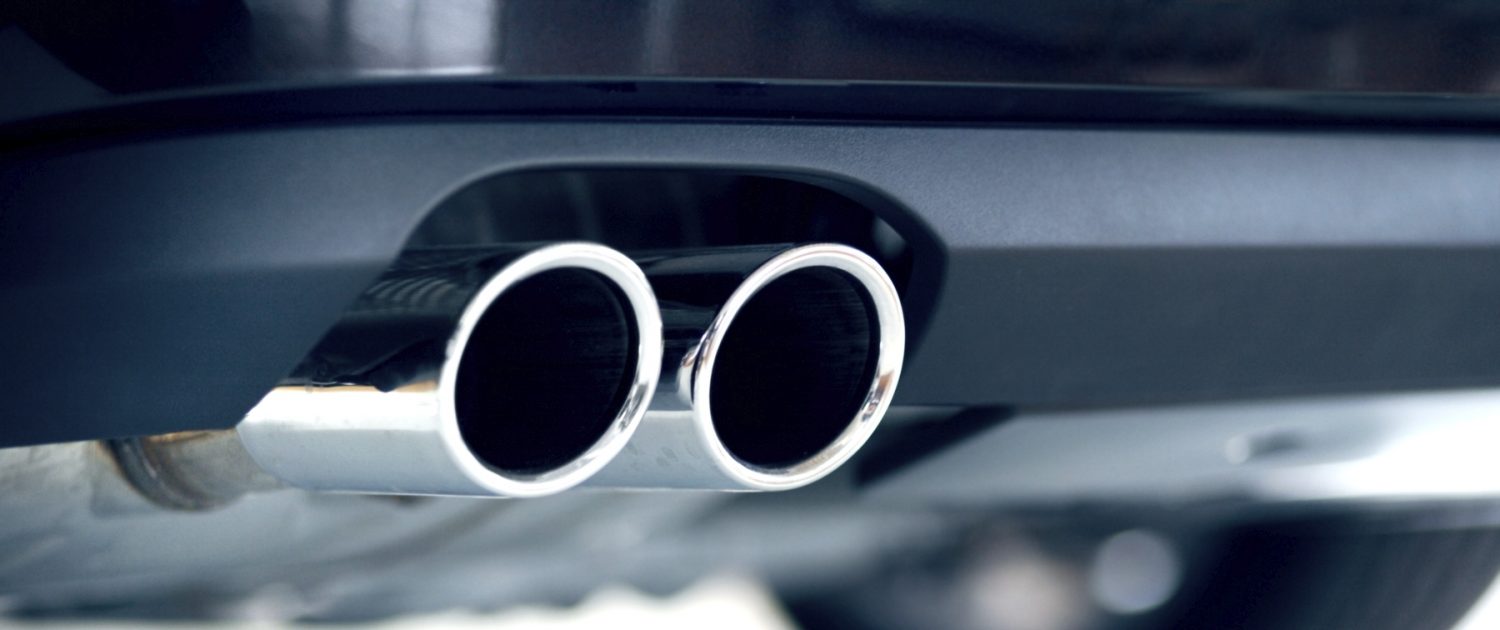
 Kurt Bisang
Kurt Bisang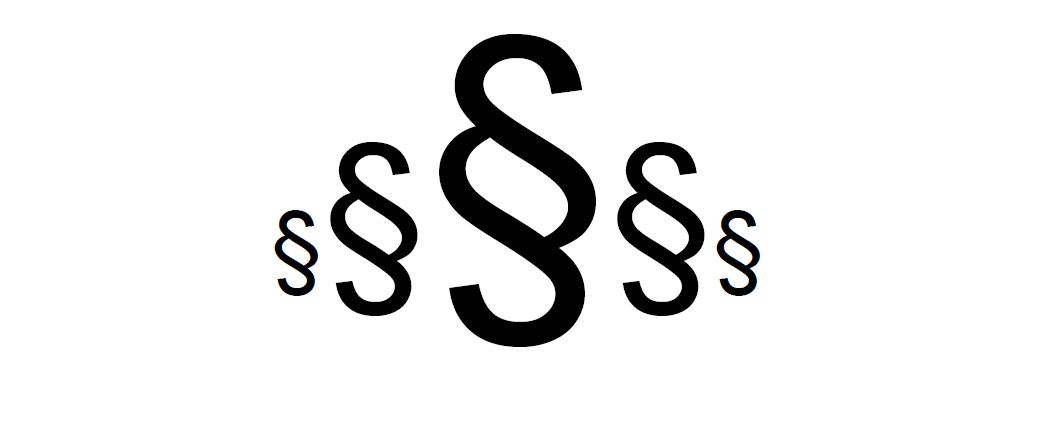 Bundesamt für Energie
Bundesamt für Energie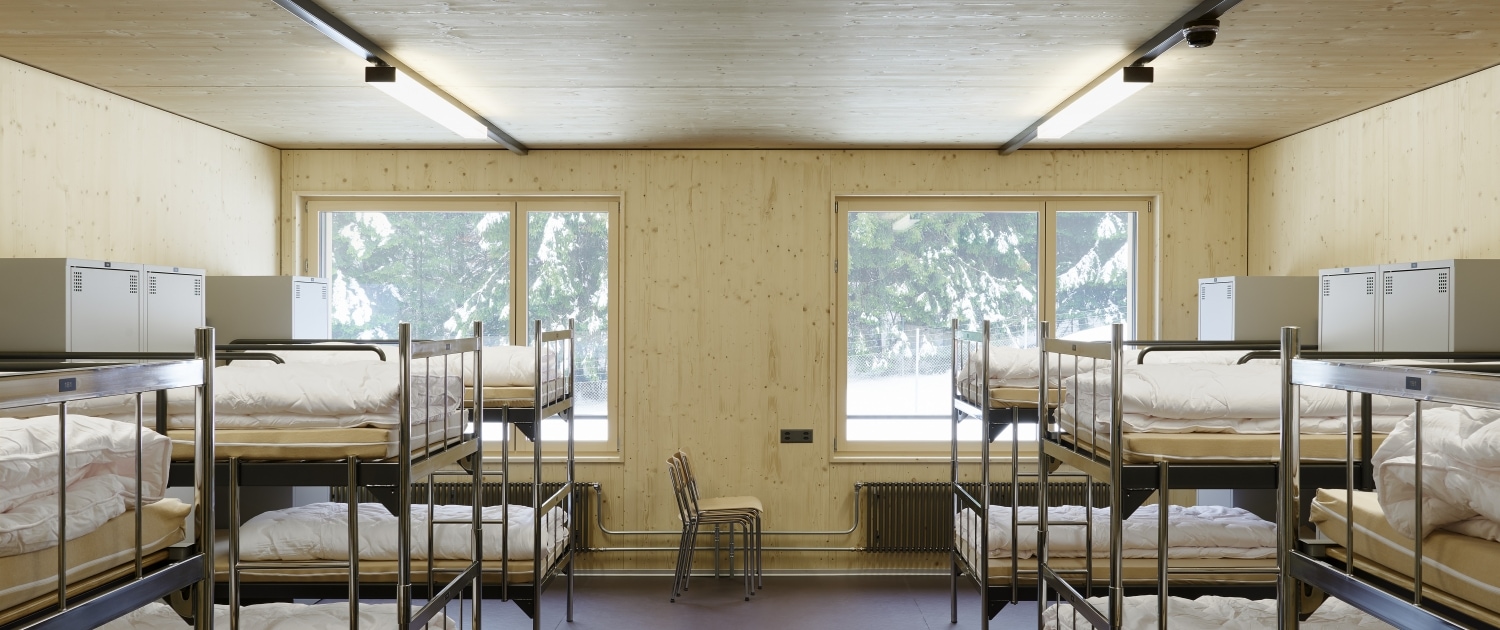 Thomas Aemmer
Thomas Aemmer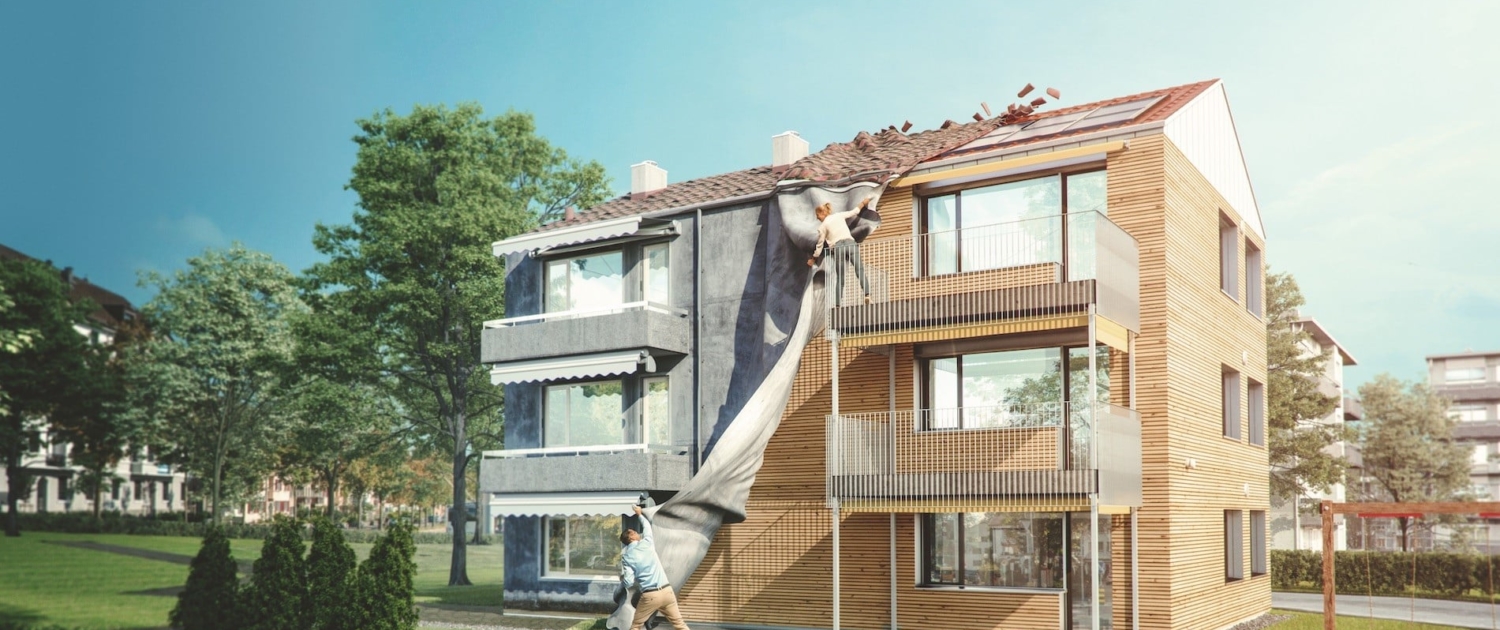 Fluxif / Das Gebäudeprogramm
Fluxif / Das Gebäudeprogramm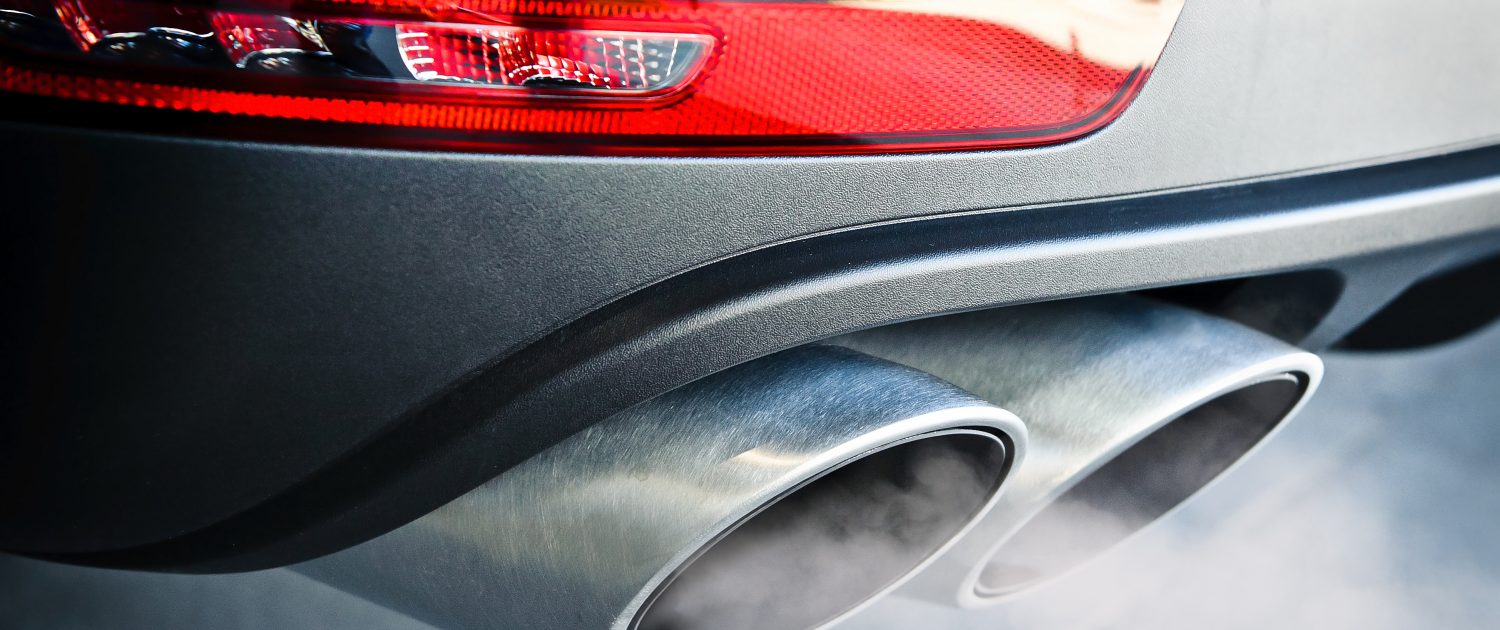 Shutterstock
Shutterstock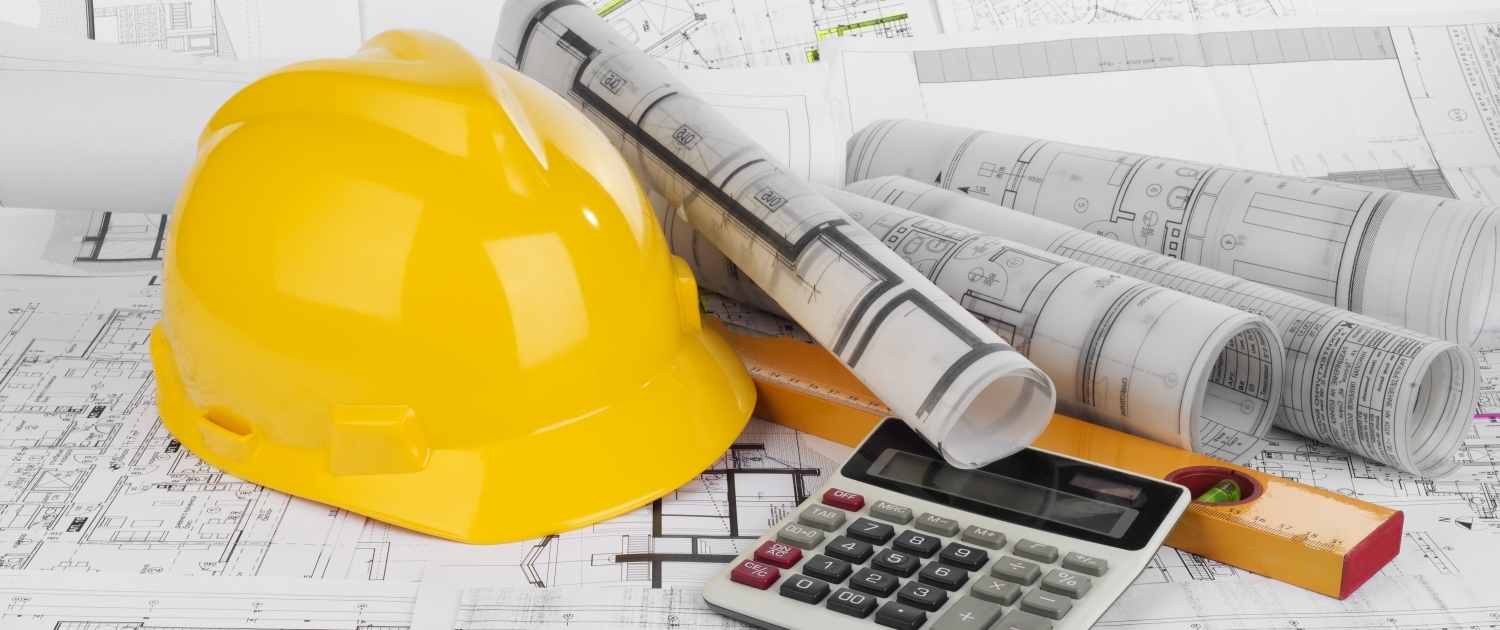 BFE
BFE
